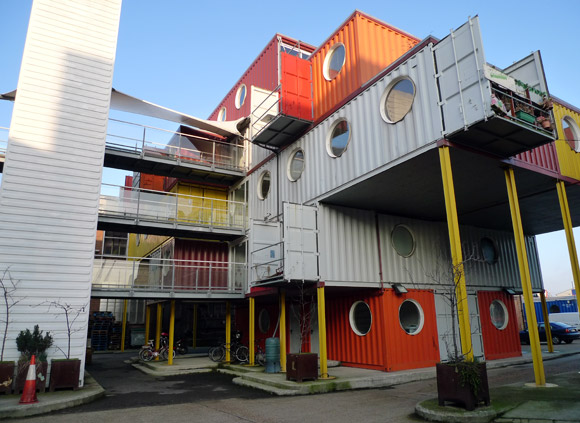DMAN
New Member
Hey everyone!
Personally i find architecture from shipping containers quite interesting and intrigued by some of the design made around the world...
I wanted to ask if anyone is aware of torontos building departments take on passing projects made from shipping containers. Are they reluctant to pass these types of projects? Has this been tried on a larger scale (15,000sq.ft commercial space) and failed to pass certain regulations.
Also could anyone recommend any toronto/ontario based architects/engineers that have had experience with designing projects with shipping containers.
regards,
Dman
Personally i find architecture from shipping containers quite interesting and intrigued by some of the design made around the world...
I wanted to ask if anyone is aware of torontos building departments take on passing projects made from shipping containers. Are they reluctant to pass these types of projects? Has this been tried on a larger scale (15,000sq.ft commercial space) and failed to pass certain regulations.
Also could anyone recommend any toronto/ontario based architects/engineers that have had experience with designing projects with shipping containers.
regards,
Dman






